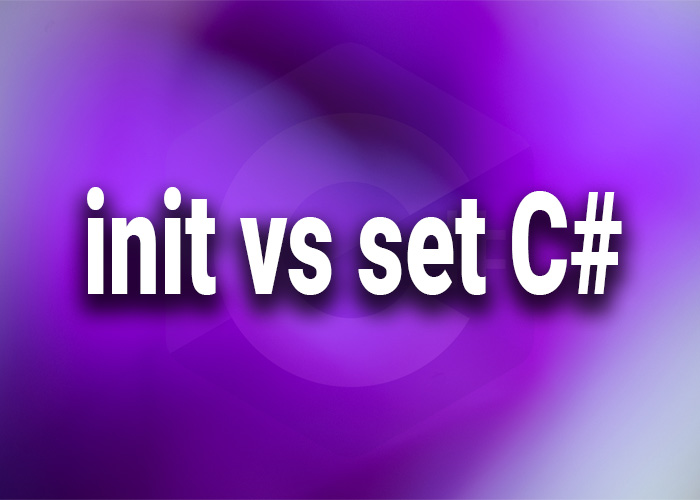XDocument vs XmlDocument in C#
When working with XML in C#, developers have two primary classes at their disposal: XDocument and XmlDocument. Both serve similar purposes but offer different features and performance characteristics suitable for various scenarios. Understanding their differences can help you choose the right tool for your XML handling needs.
Overview of XDocument and XmlDocument
XDocument (System.Xml.Linq namespace):
- Part of LINQ to XML, which provides a modern approach to XML processing.
- Designed to leverage LINQ, making queries and transformations simpler and more intuitive.
- Supports functional construction, allowing XML trees to be constructed in a single statement.
XmlDocument (System.Xml namespace):
- Part of the older System.Xml assembly, aligning with the Document Object Model (DOM) standard.
- Provides in-depth manipulation capabilities, suitable for complex XML document manipulations.
- Heavier in terms of memory and performance compared to XDocument, especially noticeable in large XML files.
Performance and Usage
XDocument:
- Generally faster and uses less memory than XmlDocument because it's designed for modern .NET applications.
- Ideal for scenarios where LINQ is heavily used for querying and transforming XML data.
- Better suited for applications that require the serialization and deserialization of XML data with less overhead.
XmlDocument:
- Offers more control and detailed manipulation of XML documents, aligning closely with the DOM model.
- Preferred when dealing with XML documents that require extensive manipulation, such as inserting or deleting multiple nodes.
- Supports XPath directly, which can be advantageous for complex queries within XML documents.
Example Scenarios
Using XDocument
using System.Xml.Linq;
var xdoc = XDocument.Load("example.xml");
var titles = xdoc.Descendants("Title").Select(t => t.Value);
foreach (var title in titles)
{
Console.WriteLine(title);
}
Using XmlDocument
using System.Xml;
var xmlDoc = new XmlDocument();
xmlDoc.Load("example.xml");
var titles = xmlDoc.SelectNodes("//Title");
foreach (XmlNode title in titles)
{
Console.WriteLine(title.InnerText);
}
Best Practices
- Choose XDocument for LINQ integration: If your application heavily uses LINQ or requires integration with other LINQ-enabled data sources, XDocument is the better choice.
- Use XmlDocument when dealing with legacy applications: For applications that already use XmlDocument or when interacting with APIs that require XmlDocument, continue using this class.
- Memory and Performance: For memory-sensitive applications, prefer XDocument as it is generally more efficient.
Conclusion
The choice between XDocument and XmlDocument depends largely on the specific needs of your application regarding XML handling. If you prefer a modern, efficient, and LINQ-integrated approach, XDocument is suitable. For more complex XML manipulations or when legacy integration is a factor, XmlDocument remains a robust option.





